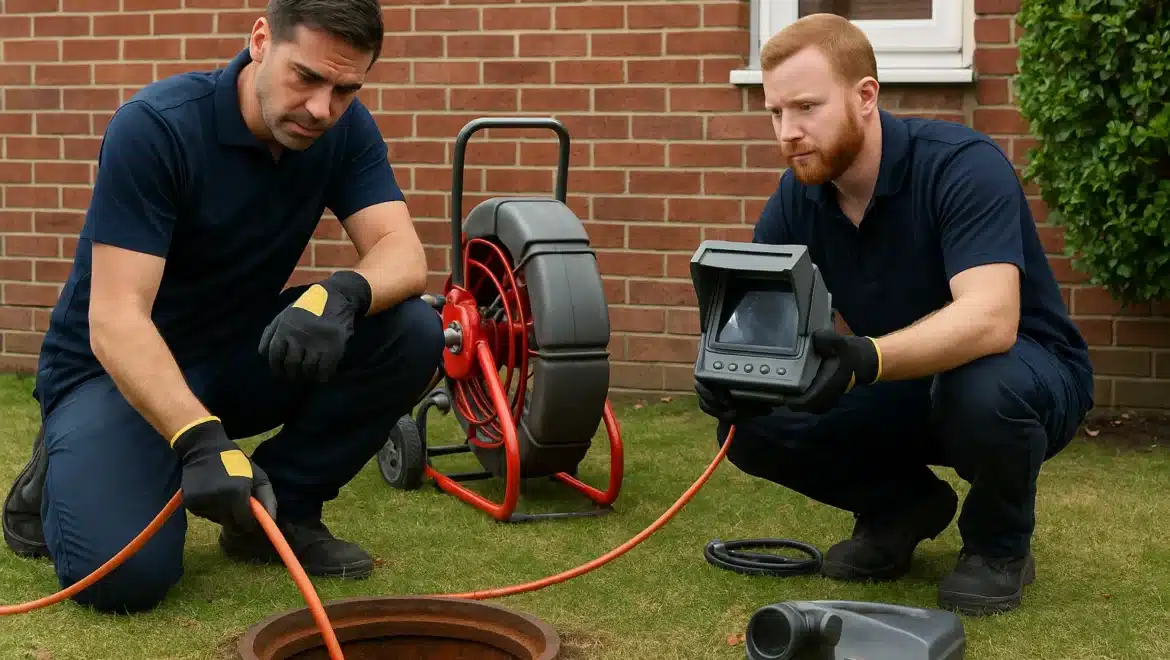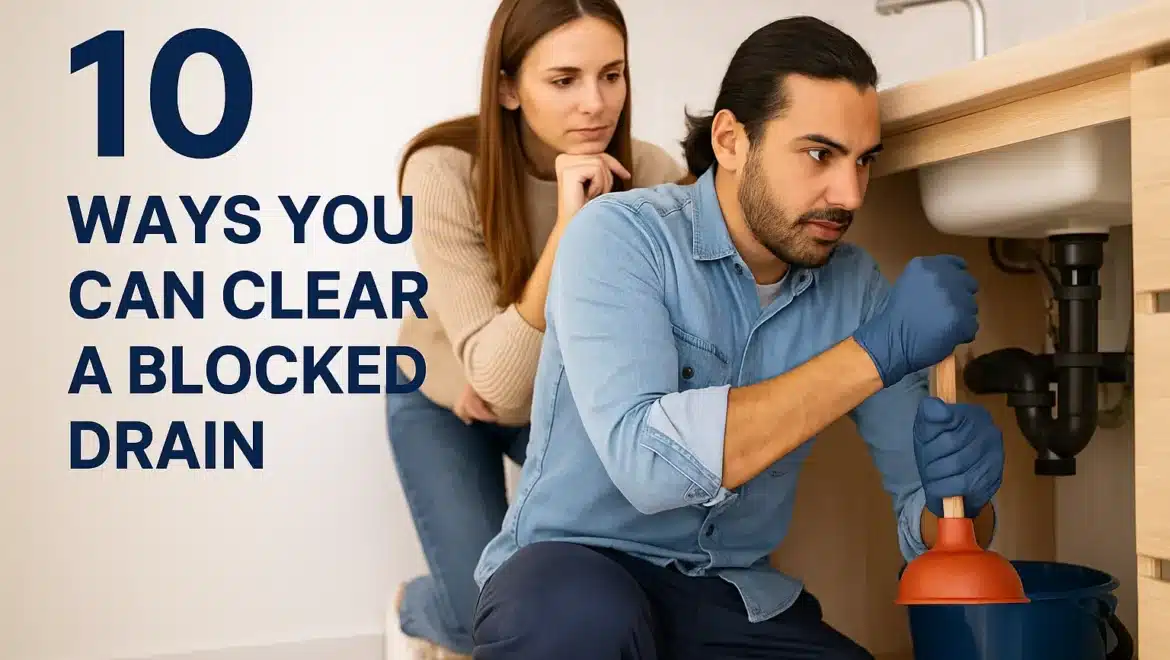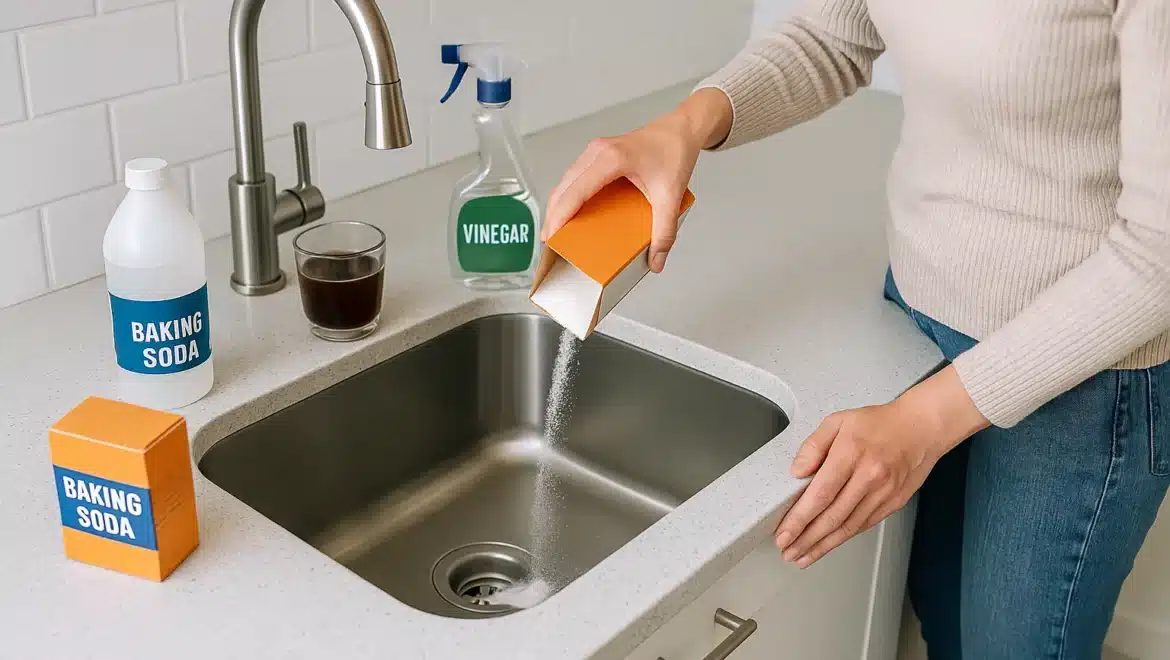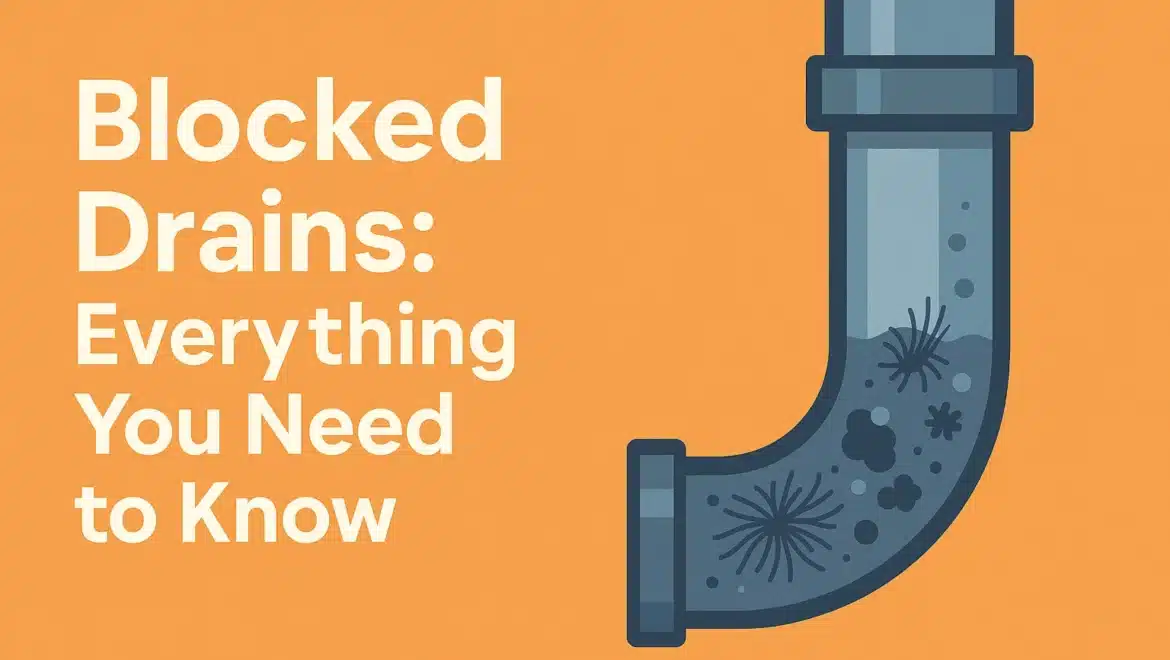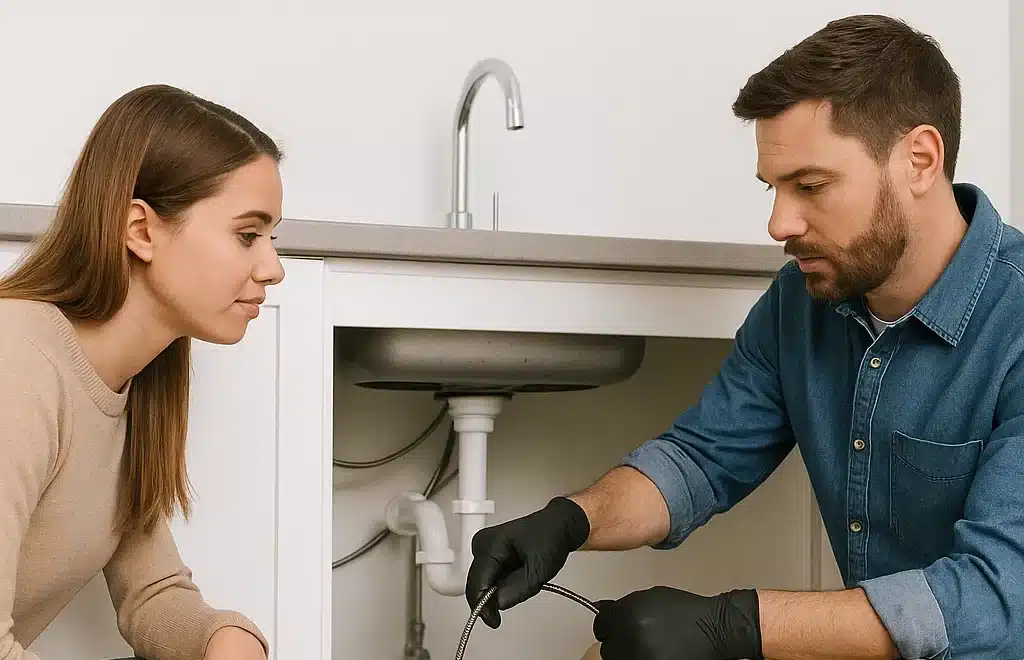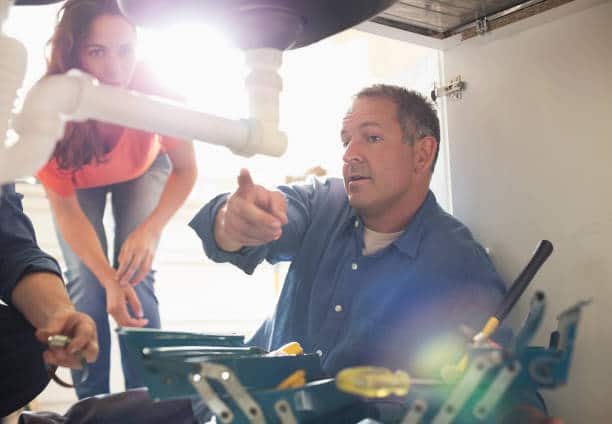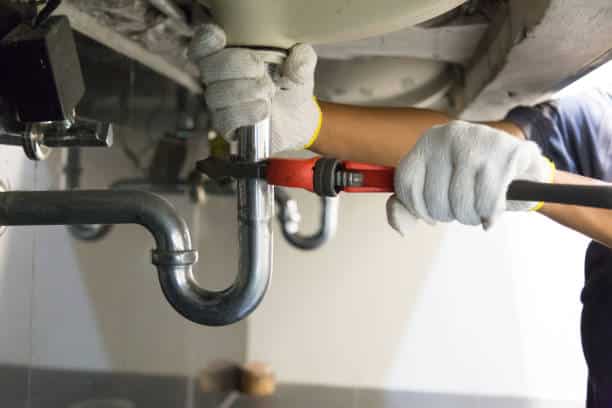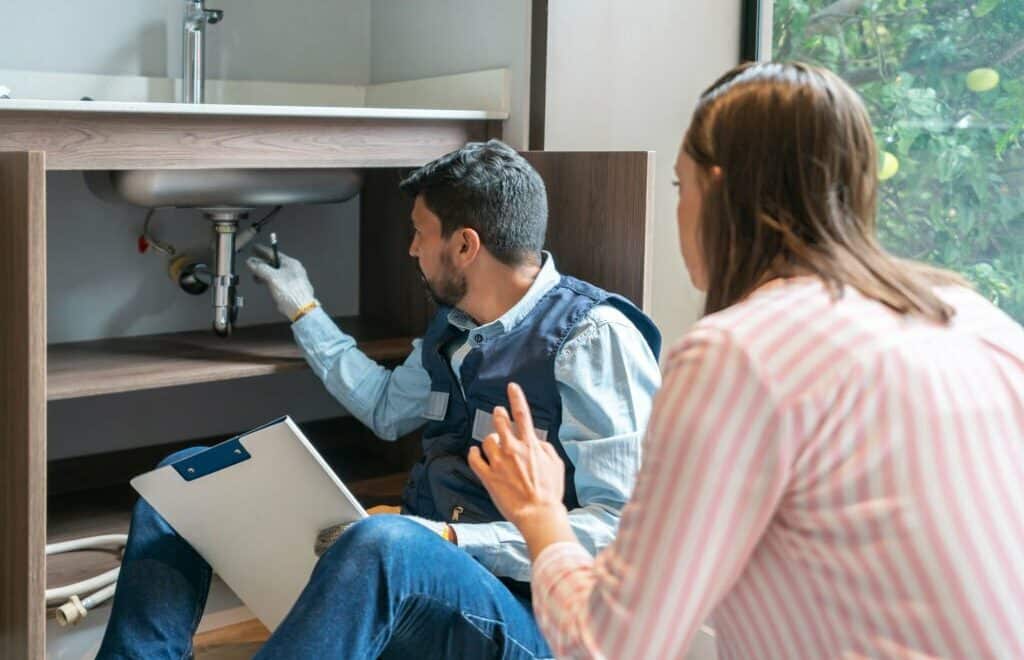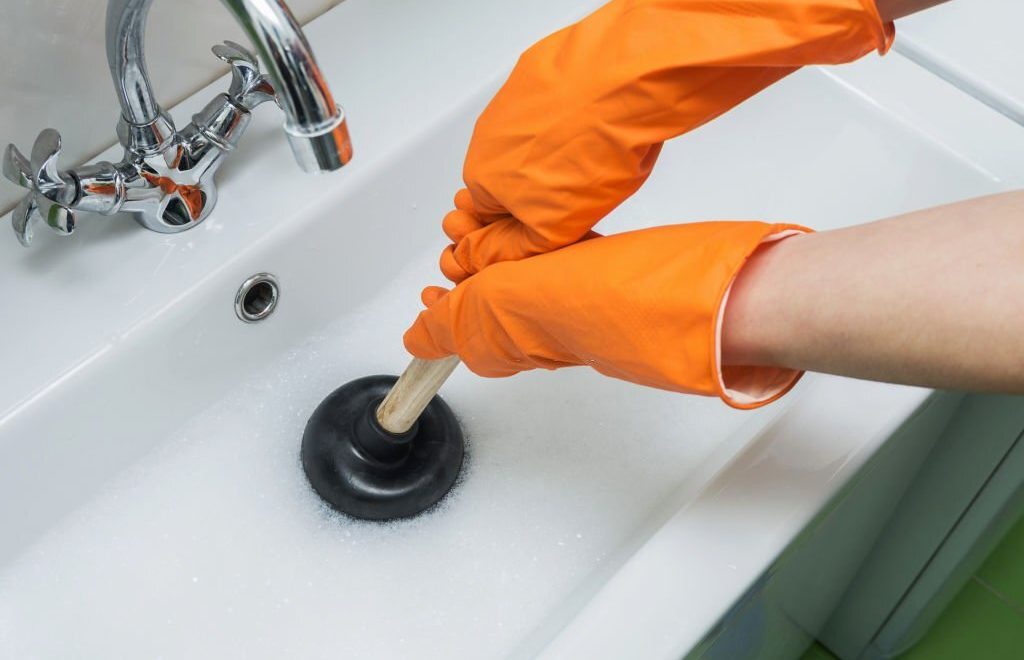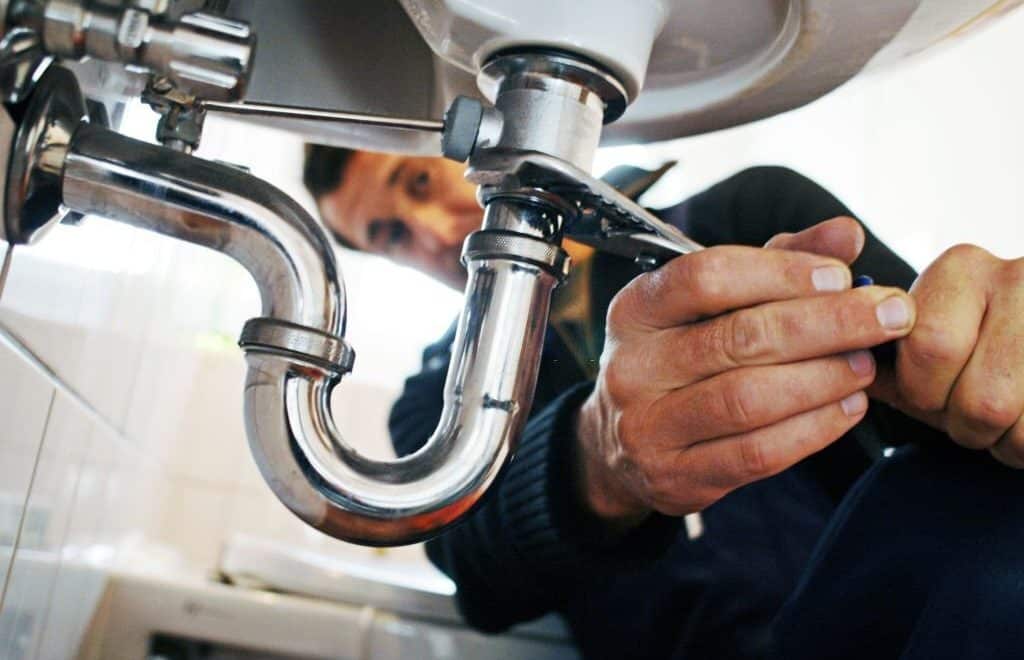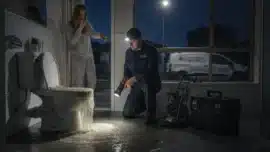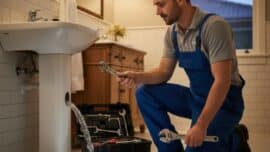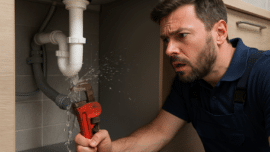How Do You Unblock the Blocked Sewer?
A blocked sewer is one of the most serious and disruptive plumbing problems a homeowner can face. Unlike a regular drain blockage that affects only one fixture, a sewer clog can impact your entire propertycausing wastewater to reverse flow into sinks, toilets, and showers throughout your home. The smell, the mess, and the risk to your health make it an urgent issue that can’t be ignored. In this guide, SE Plumbing explains how to unblock a sewer, what causes the blockage in the first place, and when to call in a professional plumber in Sutherland Shire.
What Causes a Blocked Sewer?
Blocked sewers typically occur due to one or more of the following issues:
- The buildup of toilet paper or hygiene products in the main sewer pipe
- Tree roots growing into cracked or ageing pipes
- Grease, fat, and food waste entering the sewer from kitchen drains
- Foreign objects accidentally flushed or washed into the system
- Collapsed or broken pipes due to soil movement or heavy loads above ground
For more details, explore our Blocked Drains service to understand how these problems start.
Signs You Have a Blocked Sewer
Sewer blockages usually don’t happen overnight. Here are the most common signs you’re dealing with a sewer line issue:
- Multiple fixtures (toilets, sinks, showers) blocked at the same time
- Water backing up into the lowest drain (e.g. floor waste or bathtub)
- Gurgling noises after flushing or draining
- Foul sewage smells coming from drains or the yard
- Overflowing outdoor sewer access or inspection point
If you notice these symptoms, you may also be dealing with Broken or Damaged Pipes.
Step-by-Step: How to Unblock a Sewer Line
1. Check the Outdoor Inspection Point
Locate your property’s sewer access point, usually a small round cap or grate in the yard.
- Remove the cap to check if it’s overflowing
- If water is sitting in the pipe, you likely have a mainline blockage
- If dry, the issue may be isolated to a single drain
2. Use a Plunger on the Toilet or Floor Drain
A plunger can sometimes break up partial clogs in the internal pipes.
- Seal all overflow outlets in nearby sinks
- Create a firm seal with the plunger over the affected fixture
- Plunge forcefully for 20–30 seconds and monitor water flow
3. Run a Drain Snake
If you have access to a sewer auger or flexible drain snake, you can try clearing the blockage manually.
- Feed the snake through the outdoor access point or toilet
- Twist gently to catch or break up the clog
- Rinse with water to check flow
This method may work on soft clogs, but tree roots or broken pipes require a professional approach. Learn about our Emergency Plumbing services for urgent help.
4. Try a High-Pressure Water Hose
For external drains with partial blockages, a garden hose with a pressure nozzle may be effective.
- Insert the hose down the access point
- Use water pressure to push the clog towards the main sewer
- Monitor the flow for signs of improvement
If the water overflows instead, stop immediately and call our Blocked Drain specialists.
Why DIY Doesn’t Always Work on Sewers
Sewer lines are much larger and deeper than household drains, and they often require specialised tools to inspect and repair.
- You can’t see the cause of the blockage without a CCTV drain camera
- Tree roots need to be cut out with a rooter or hydro jetter
- Damaged or collapsed pipes must be repaired or relined
- Sewage cleanup requires proper handling and sanitation
If your sewer is overflowing, call SE Plumbing immediately via our Contact page or call: 0414 651 351.
Professional Sewer Unblocking: What We Do
At SE Plumbing, we use advanced drain technology to identify and resolve sewer blockages quickly and safely. Our process includes:
- CCTV camera inspection to identify tree roots, collapsed pipes, or fatbergs
- High-pressure hydro jetting to clear roots and stubborn sludge
- Excavation or pipe relining if the blockage is caused by pipe damage
- Full system flush and reporting to ensure the issue is resolved long-term
We’ve been clearing blocked sewers across Sutherland Shire for over 20 years—see why locals rely on us for emergency drain services.
How to Prevent Future Sewer Blockages
- Don’t flush wipes, sanitary products or cotton buds—even if labelled “flushable”
- Dispose of oils and grease in the bin, not the sink
- Install drain strainers to catch food scraps
- Have your drains inspected annually, especially if your home has old clay or earthenware pipes
Prevention is key. Our Leak Detection and Prevention team can help monitor sewer health year-round.
Trusted Sewer Blockage Plumber in Sutherland Shire – Fast, Reliable & Local Help
Blocked sewers are a plumbing emergency you don’t want to ignore. They can damage your home, harm your health, and cost thousands if unresolved. While there are a few at-home methods that may work for partial blockages, most sewer problems require professional tools and experience.
Two professional plumbers outdoors clearing a blocked sewer; one guides a hose into the access point while the other inspects a live camera feed near a brick house.At South East Plumbing, we’re equipped to handle sewer issues of all sizes, fast, cleanly, and with long-term results. Call 0414 651 351 or book an inspection online to get expert help from your local plumber in Sutherland Shire.

